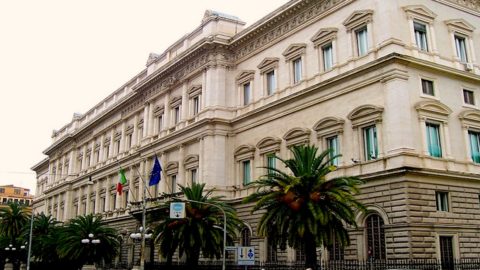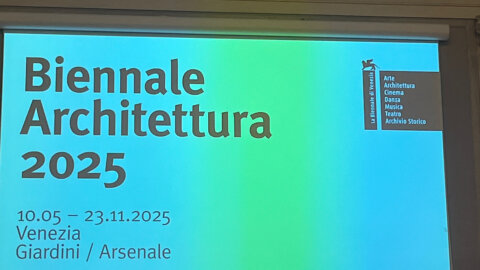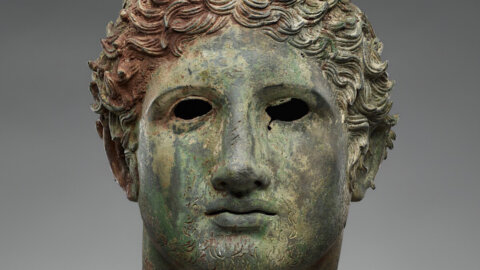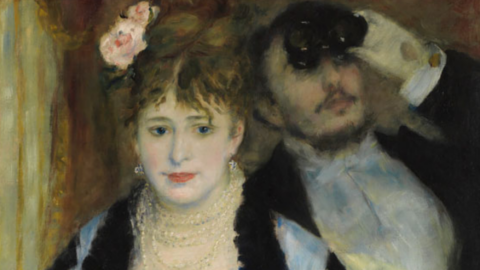La Bank of Italy has opened since Thursday November 28 the doors of the new Eastern Room, at its headquarters a Koch Palace, in Rome. This initiative offers citizens the opportunity to appreciate the works of art from the ancient heritage of Richard Gualino, Piedmontese entrepreneur, protagonist of the Italian economy of the twentieth century.
For many years part of the artistic collection of Gualino, especially the one belonging to eastern core, was kept on the first floor of the Palazzo.
There are several reasons that led the Bank of Italy, together with the officials of the various Superintendencies of the Museum of Civilizations, to dedicate an exclusive room to the Gualino collection: on the one hand the need to pay homage to these masterpieces, on the other to increase the protection for their conservation. The space chosen, also on the basis of the climatic optimization of the rooms, is the one adjacent to the library of the Palazzo, which allows for its enhancement also from a descriptive point of view through the insertion of explanatory panels e descriptive texts about the techniques used. The place was also made safe and the environment cleaned up, including walls, floors and windows.
Riccardo Gualino, together with his wife Cesarina Gurgo Willow, gives life to one of the collections considered among the most important of the time. His love for art allows him to put together a collection of Western and Eastern works, from different eras and cultures, becoming his distinctive feature. However, the crisis of 29 forced Gualino to hand over his beloved collection to the state. Furthermore, having remained foreign to fascism, he was condemned to confinement by it Mussolini and its assets confiscated, of which a portion is assigned to the Direct Pinacoteca of Turin, the other to one of its major creditors, the Bank of Italy.
With the outbreak of the Second Word War the priority of protecting this heritage becomes primary. In this way the Bank comes into possession of the oriental works exhibited today in its headquarters. Unfortunately, when transferring to Roma, the road train carrying these goods caught fire on the Via Aurelia, irreparably damaging the load. For example, the Roaring lion of the Han Dynasty, exploded into thousands of fragments, taking the worst damage. The Director of the Central Institute of Restoration, Cesare Brandi, immediately tried to save the ancient works and thanks to the collaboration with the Bank of Italy the miracle occurred: almost all of them were restored, including the Lion, now exhibited on the first floor of Palazzo Koch, in the Hall of Lions.
The Oriental Room was set up according to historical-geographical criteria, creating display cases for the conservation of the works, descriptions along the walls and a video that reproduces the stone lions in 3D which are not present in the room due to their size. In the section of the China, it can be found "Fan hu”, the quadrangular container for fermented alcohol, from the Han dynasty. As for theIndia, you can admire it Shiva dancing on the demon of ignorance Apasmara Purusha, from the XI-XII century, in which in the upper left hand he carries a tongue of fire that evokes the destruction of the universe and in the right hand he holds a drum, associated with Sound, vehicle of the word and revelation, with which the god beats the rhythm of dance and creation. For the space dedicated to Persia you can, however, admire the Pavone in a wedding parade with a wheel decorated with floral corollas, from the XIII-XIX century. For the part of Southeast Asia, there are some heads of Buddha, with half-closed eyes turned down and a hair with wide flat curls in symmetrical rows covering the cranial protuberance, one of the Buddha's hallmarks, a symbol of wisdom. Finally, among these precious works, there are also some paintings, such as "thangka”, depicting five female deities, from the XVIII-XIX century, belonging to the area Himalayan. A splendid painting with natural pigments on cotton, embellished with a damask silk frame. These are just some of the works that can be admired in the new exhibition hall, the result of the legacy of Riccardo Gualino. The collection of the Turin entrepreneur, especially as regards Chinese sculptures, was one of the most important European collections, acquired by him in the early twentieth century, on the Paris market.
This initiative testifies that the Bank of Italy, which has always been committed to the cultural promotion of the works housed within it, offers citizens the possibility of an easier use of the Bank's artistic heritage, and to increase the relative awareness of the value that the testimonies of art have for the culture and growth, not only economic, of the country.





